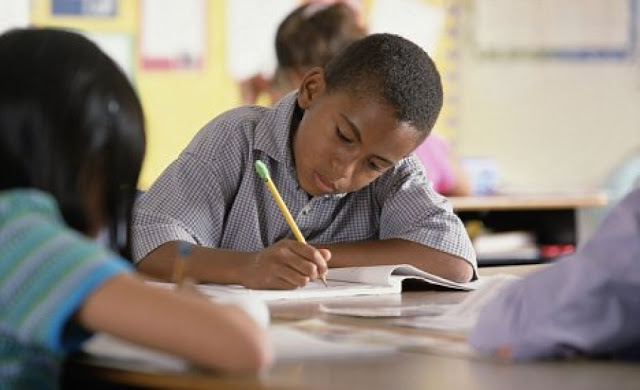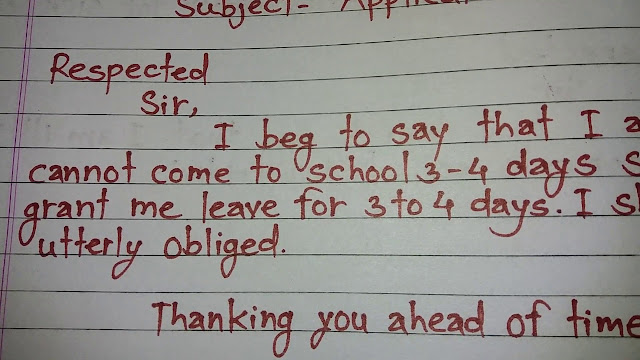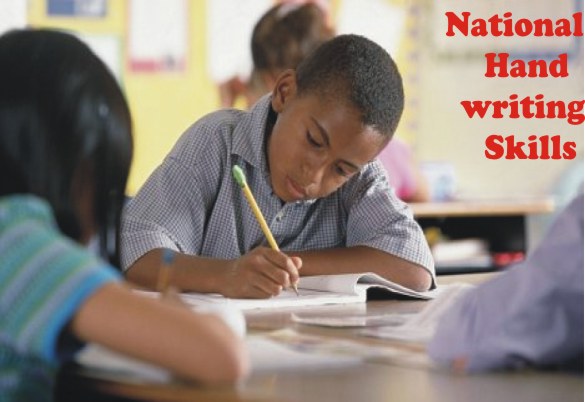7 Basic Skills To Speed up Hand writing in Kids
Handwriting is an
essential skill for both children and adults. It is a skill that should be
introduced to learners at a very early stage. Once children have counter
–productive habits such as poor pencil grip, wrong letter formation. It may
become difficult to change.
Now, let’s look at
some of the importance of handwriting.
1. It activates the
brain and enhances critical thinking.
2. It arouses
imagination and foster creativity.
3. It builds self
confidence in children.
4. Learning
handwriting at early stage sets children up for success.
5. Practicing writing
helps a child to learn words, sentence structure, spelling and story structure.
These are just a few
importance of handwriting.
BASIC SKILLS AND ACTIVITIES NEEDED FOR PERFECT HANDWRITING IN YOUNG LEARNERS.
1. Hand Exercise
Lead learners to
exercise their fingers, hands and shoulder muscles to enable them move freely
and accurately.
ACTIVITIES : Scissor
cutting, molding with play dough, wriggling etc.
2. Good Posture: A
poor sitting position can affect handwriting. Teachers need to ensure that the
child’s sitting position is appropriate to guarantee good
handwriting……..sitting straight with extended back.
3. Eye-hand
coordination
Learners need eye-hand
coordination to guide their pencil between lines and ensure their letters are
placed in the right position depending on the letter type.
here are some
activities for a better eye-hand coordination.
ACTIVITIES: Threading
of beads, stacking cards and building blocks etc.
4. Good pencil grip:
Giving young learners chunky crayons to scribble develops their grip and
prepares them for formal writing. Bold crayon used for writing should be held
with the thumb, index and middle fingers (tripod grip).
ACTIVITIES: Pegging,
lacing flash cards etc.
5. Letter Formation
For learners to write
neatly and legibly, they must be taught how to form letters correctly and from
the right starting point. They must be acquainted with the different types of
letters (monkey, giraffe and tortoise) and their formations.
6. Tracing
Tracing is a great way
for children to practice letter formation. Provide lots
of opportunities
for leaners to trace lines, objects in sand trays or on the
board before
doing it in their books.
7. WRITING:
There are
different styles of writing…….but my focus is on the NELSON
HANDWRITING – Print and Cursive.
After all the above
listed preambles, young learners should be introduced to writing with
NELSON PRINT to help them write legibly in CURSIVE as they progresses
Print writing is
basically for learners from Pre-Nursery - Primary 2. Nelson Cursive should be
introduced in Primary 3 as the case may be. This is to enable them have a broad
understanding of Print before introducing cursive.
Be part of the National Hand Writing Competition Coming up in January, 2019.
Call: 07035300546
Related Topics:



Comments
Post a Comment